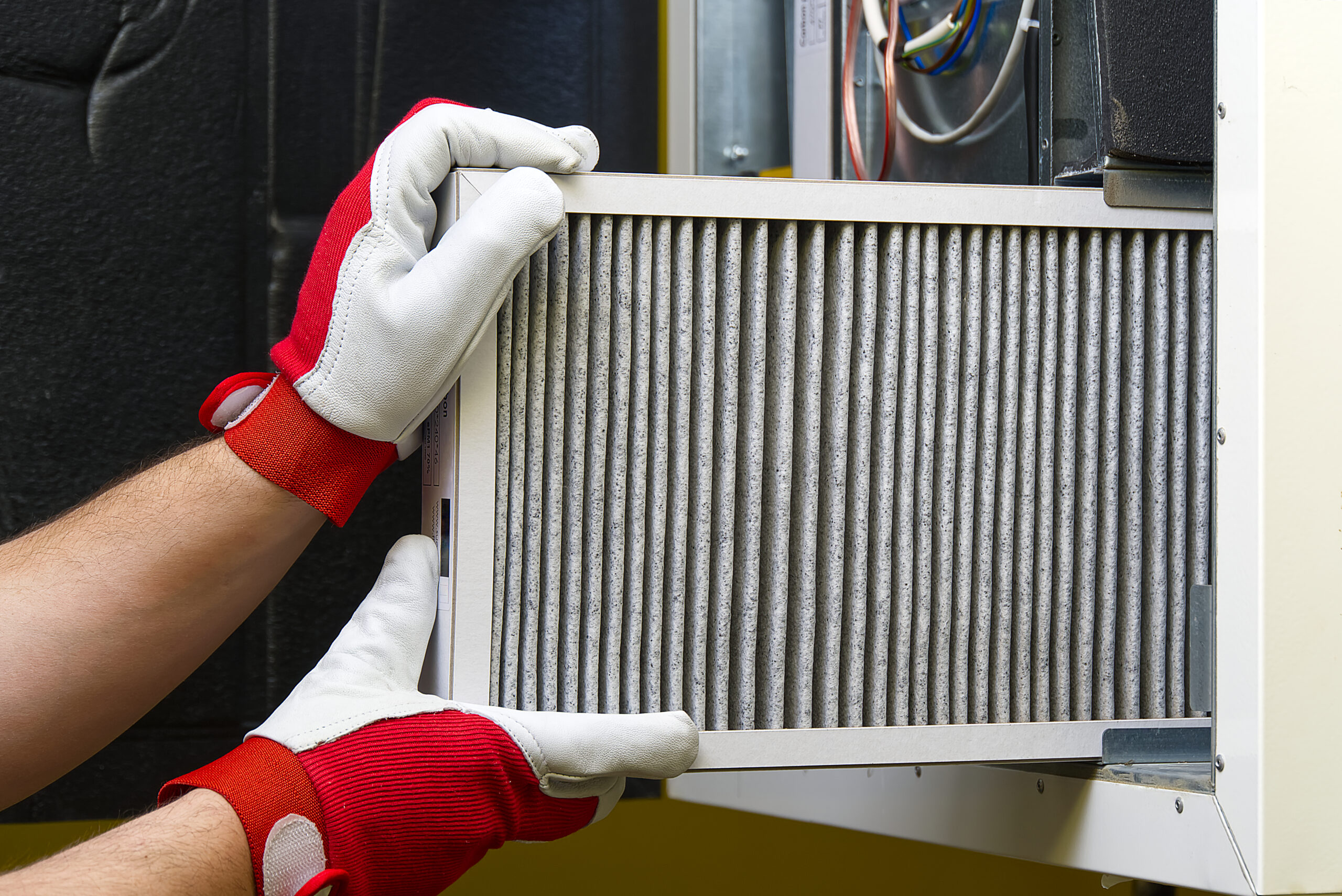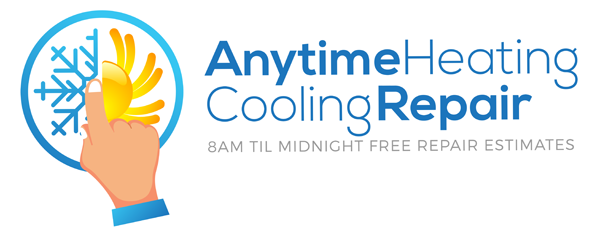
If you live in Hickory, NC, or the surrounding areas, you may know how vital it is to keep your AC and heating system running efficiently, especially during the hot, humid summers and chilly winters. One of the simplest ways to help keep your system running and avoid costly AC repair is by regularly replacing your air filter. But with so many types of HVAC filters available, choosing the right one for your home can be confusing. In this guide, we’ll break down the main filter options to help homeowners in North Carolina make informed decisions that improve indoor air quality and extend the life of their HVAC systems.
You’ll see a MERV rating on most filter packages. MERV stands for minimum efficiency reporting value. It’s a scale that tells you how well a filter catches airborne particles.
The scale runs from 1 to 16. A higher number means the filter is better at trapping tiny particles such as dust mites and bacteria. But, there’s a catch with higher MERV ratings.
A very dense filter can restrict airflow, which makes your HVAC system work much harder. This strain can increase your energy bills and wear out the system faster. For most homes, a MERV rating between 8 and 13 provides a great balance of filtration and airflow.
| MERV Rating | Typical Contaminants Captured | Common Use Case |
|---|---|---|
| 1–4 | Pollen, dust mites, carpet fibers, and other large particles. | Basic filtration to protect the HVAC unit. Not effective for air quality. |
| 5–8 | Mold spores, pet dander, and hair spray. | Good for standard residential homes without major allergy concerns. |
| 9–12 | Auto emissions, lead dust, and legionella. | Excellent for homes with pets or people with mild allergies. |
| 13–16 | Bacteria, tobacco smoke, and particles from a sneeze. | Superior residential filtration, but may require a compatible system. |
The biggest difference between filters is the material they’re made from and how they’re built. These factors affect what they can filter out of your air. Let’s look at the most common options you’ll find.
You’ve definitely seen these before. They’re the most affordable option on the shelf, are usually blue, and are made from spun glass fibers.
Their main job is to stop large particles such as lint and dust from getting into your HVAC unit’s fan and coils. Because they’re so inexpensive, they won’t do much for allergens or finer dust.
They have a low MERV rating, usually between 1 and 4. This means they get clogged pretty quickly, and you’ll have to change them often, typically every 30 days.
Pleated filters are a big step up from the basic fiberglass ones. They are typically made from cotton or polyester fabric. The material is folded into pleats, which gives it more surface area to trap contaminants.
This larger surface area helps them trap more debris in the air, including pet dander and pollen. They’re a great middle-ground option for many homeowners, balancing cost, filtration, and airflow. Many pleated filters have a MERV rating between 8 and 13.
They cost a bit more than fiberglass filters, but they last longer and do a much better job of cleaning your air. Depending on the thickness, they usually need to be replaced every 60–90 days.
These filters use a mix of cotton and paper fibers that create static electricity as air passes through. The static charge acts like a magnet for airborne particles, pulling them out of circulation, which makes them quite effective.
They’re also great for people who suffer from allergies. You can find them in both disposable and washable versions, and the washable kind can be a cost-effective choice over the long run.
While they’re good at catching pollen and dust, they can sometimes struggle with larger particles such as certain mold spores. But, they’re an affordable and effective option for many homes.
If you hate throwing things away, a washable filter might sound perfect. You buy it once and can reuse it for years. This is better for the environment and can save you money over time.
But, there is a bit of work involved. You need to clean them regularly by vacuuming or rinsing them out with water. It’s critical that you let the filter dry completely before putting it back in.
A damp filter is a breeding ground for mold and bacteria, which defeats the purpose of having a filter. They also tend to be less effective at filtering smaller particles compared to high-quality disposable filters.
HEPA filters are the top performers when it comes to filtration. By definition, they can capture 99.97% of airborne particles down to 0.3 microns in size. This includes dust, pollen, mold, smoke, and even some bacteria.
If someone in your home has serious allergies or respiratory problems, a HEPA filter is ideal. They’re extremely effective at purifying the air inside your home.
But that amazing filtration comes at a cost. HEPA filters are very dense and can severely restrict airflow. Most residential HVAC systems are not powerful enough to handle them without modification, so you’ll need to consult a pro before installing one.
This is a completely different approach to air purification. UV filters use short-wave ultraviolet light to kill microorganisms. As air passes by the light, germs such as viruses and bacteria are neutralized.
They’re fantastic at killing germs, but they don’t actually filter out nonliving particles such as dust or pet dander. Because of this, they’re almost always used alongside another type of filter, like a pleated or media filter. Think of them as air purifiers, not air filters.
Some UV filters can also produce a small amount of ozone. The Environmental Protection Agency (EPA) has warned that ozone can be a lung irritant, so it’s something to be aware of when considering this option.
Think of a media filter as a pleated filter on steroids. They use a thick, paper-like material that is heavily pleated and can be 4–5 inches thick. This filter fits inside a special cabinet that’s installed right next to your furnace or air handler.
The massive surface area of the pleats makes them highly effective at trapping pollutants. They can capture a lot more than a standard 1-inch filter. This design also means they interfere less with airflow compared to a high-MERV 1-inch filter.
The other big plus is that they last a long time. You might only need to change a media filter once every one or two years. The main drawback is that they require professional installation because the ductwork needs to be modified.
Picking out an air filter is a small task that makes a big difference in your home’s air quality. Finding the best option from all the types of HVAC filters is about balancing filtration performance with your system’s capabilities. A cheap fiberglass filter might not be enough, while a HEPA filter could be too much for your system to handle.
By understanding the different air filters, you can choose one that helps your family breathe easier. A well-chosen filter not only provides cleaner air but also helps your heating and cooling system run efficiently for years. Making an informed choice is a simple step toward a healthier home.

2901 N Main Ave
Newton, NC 28658
Mon - Sun Open 24 Hours
No Overtime Charges
Call to Schedule Service
(828) 838-0973